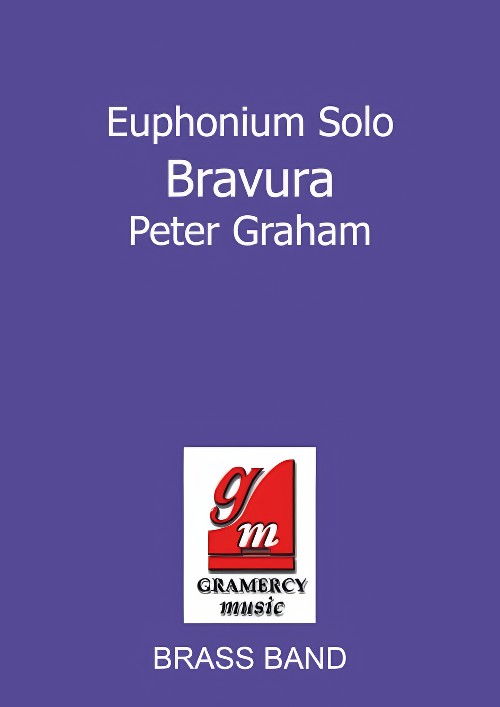Results
-
 £32.95
£32.95ADVENTURERS, The (Brass Band) - Ketelby, Albert
Subtitle; 'appy 'ampstead from Cockney Suite
Estimated dispatch 7-14 working days
-
 £32.95
£32.95BELLS ACROSS THE MEADOW (Brass Band) - Ketelby, Albert
Estimated dispatch 7-14 working days
-
 £74.95
£74.95Between the Moon and Mexico (Brass Band - Score and Parts) - Sparke, Philip
Between the Moon and Mexico was composed for the 1998 Finals of the National Brass Band Championships of Great Britain. The first performance took place at the Royal Albert Hall, London, on the 17th of October.The title has no hidden meaning and was chosen preciesly because it would not predetermine the style or form of the work. The composer wanted to see what sort of piece would emerge if the only influence was what had already been written. The result is a sort of musical collage in which various musical collage in which various musical elements, ranging from two or three notes to complete melodies, assume importance by virtue of their context. In a way, the piece grew out of itself.Duration: 16.30
Estimated dispatch 7-14 working days
-
 £37.95
£37.95Between the Moon and Mexico (Brass Band - Score only) - Sparke, Philip
Between the Moon and Mexico was composed for the 1998 Finals of the National Brass Band Championships of Great Britain. The first performance took place at the Royal Albert Hall, London, on the 17th of October.The title has no hidden meaning and was chosen preciesly because it would not predetermine the style or form of the work. The composer wanted to see what sort of piece would emerge if the only influence was what had already been written. The result is a sort of musical collage in which various musical collage in which various musical elements, ranging from two or three notes to complete melodies, assume importance by virtue of their context. In a way, the piece grew out of itself.Duration: 16.30
Estimated dispatch 7-14 working days
-
 £44.95
£44.95Bravura (A Fantasy on British Folk Songs) (Euphonium Solo with Brass Band - Score and Parts) - Graham, Peter
Bravura is a companion piece to the composer's earlier euphonium display piece Brillante, utilising the same traditional 19th century "fantasy variation" structure, familiar to generations of brass soloists. Folk songs from the four corners of Great Britain are featured; Oranges and Lemons, (England), The Blue Bells of Scotland, The Minstrel Boy (Ireland) and the famous Welsh anthem Men of Harlech.The solo is a conflation of the original version, written for the 2002 Royal Albert Hall Gala Concert, which followed the National Brass Band Championships of Great Britain. On that occasion the combined talents of virtuosi David Childs, Derick Kane, Steven Mead and David Thornton (with guests Robert and Nicholas Childs) were on display, each personalising the cadenza section towards the end. This version incorporates a published cadenza, though soloists should feel free to improvise their own material at this point.
Estimated dispatch 7-14 working days
-
 £32.95
£32.95CHAL ROMANO (Brass Band) - Ketelby, Albert - Moss, Harold
Solo Cornet Conductor
Estimated dispatch 7-14 working days
-
 £37.95
£37.95FAME AND GLORY (Brass Band) - Matt, Albert - Grant, Gregor J.
March
Estimated dispatch 7-14 working days
-
 £32.95
£32.95IN A MONASTERY GARDEN (Characteristic Intermezzo) (Brass Band) - Ketelby, Albert - Ord Hume, James
with Men's Chorus (ad lib.)
Estimated dispatch 7-14 working days
-
 £42.95
£42.95IN A PERSIAN MARKET (Brass Band) - Ketelby, Albert
Estimated dispatch 7-14 working days
-
 £50.90
£50.90LOVE STORY (Brass Band) - Lai, Francis Albert - Richards, Goff
Medium/Difficult
Estimated dispatch 7-14 working days
